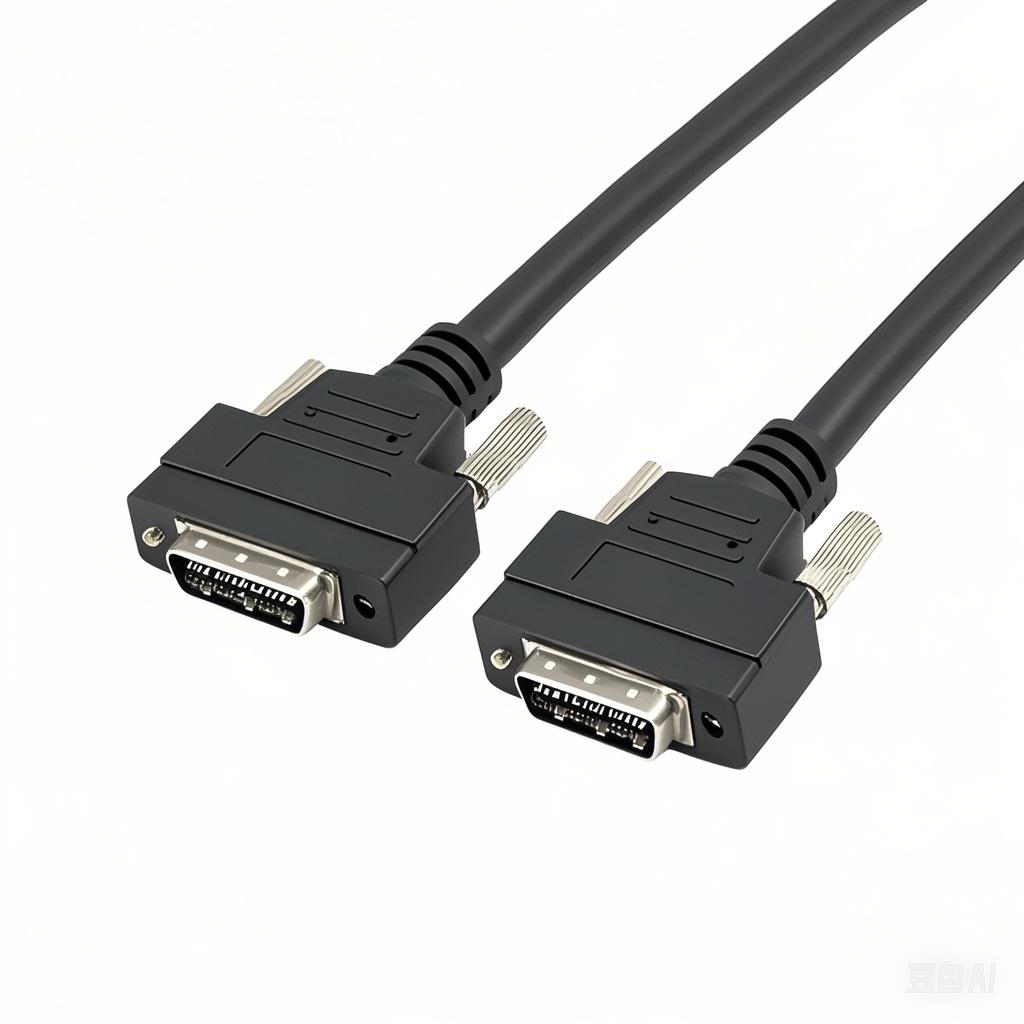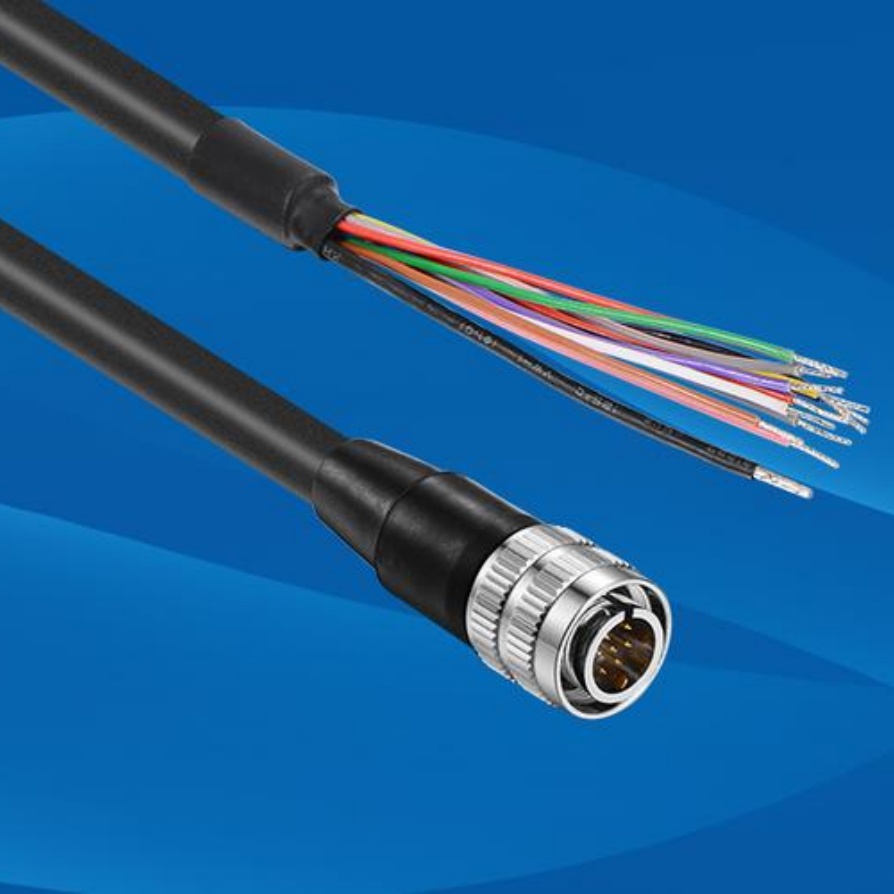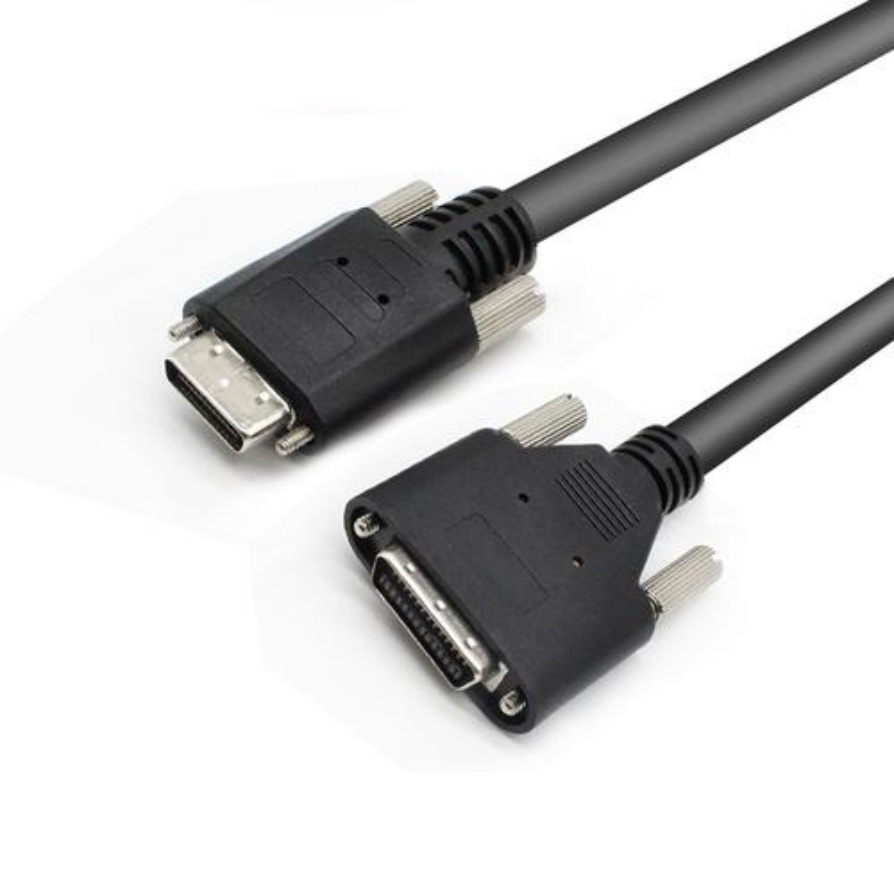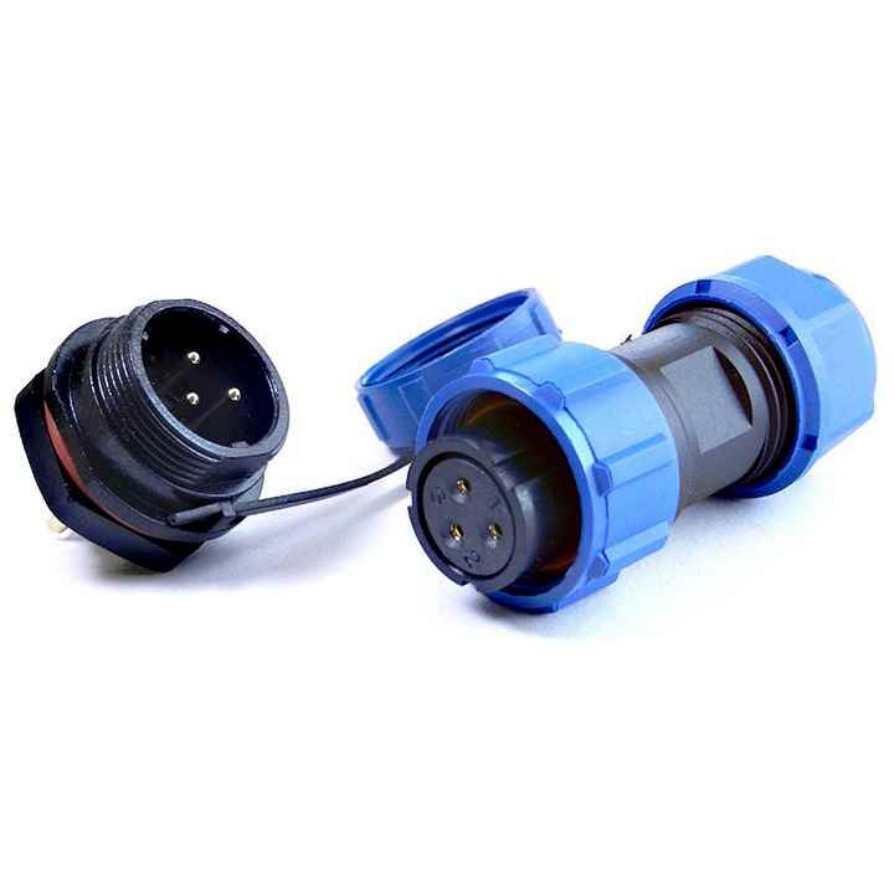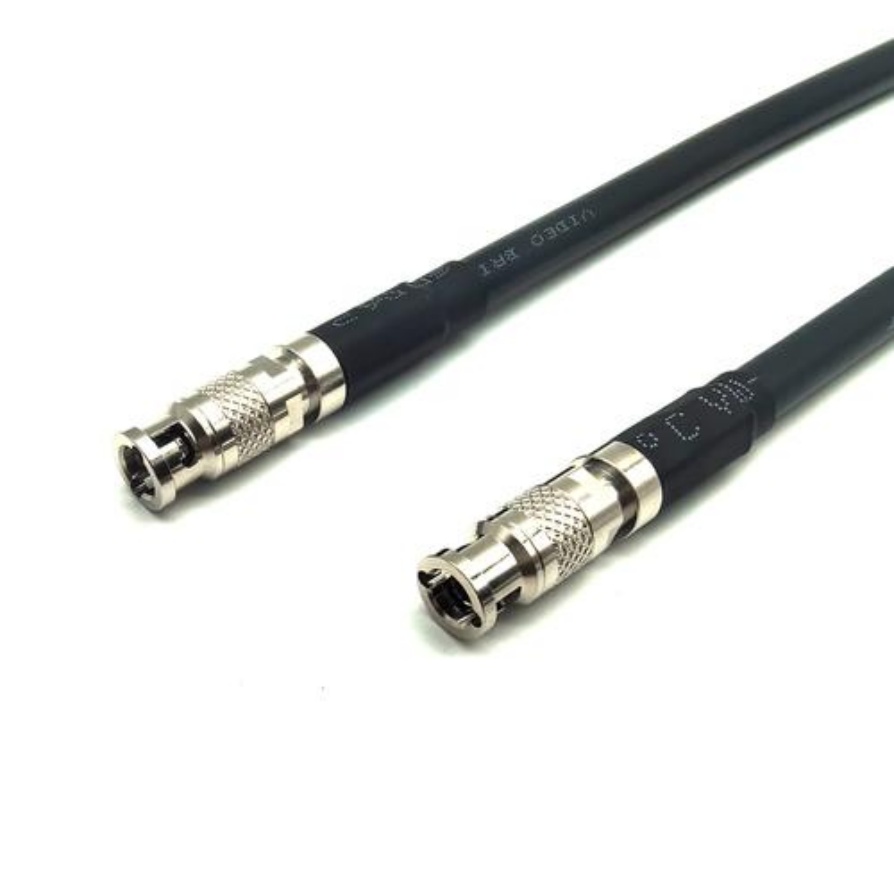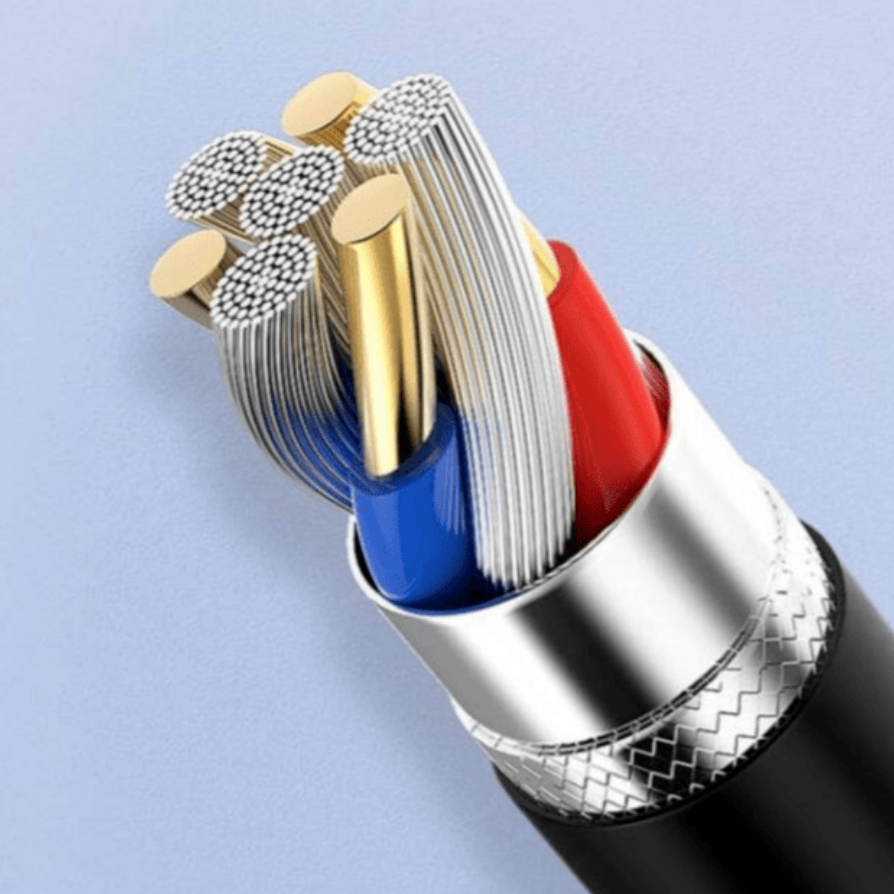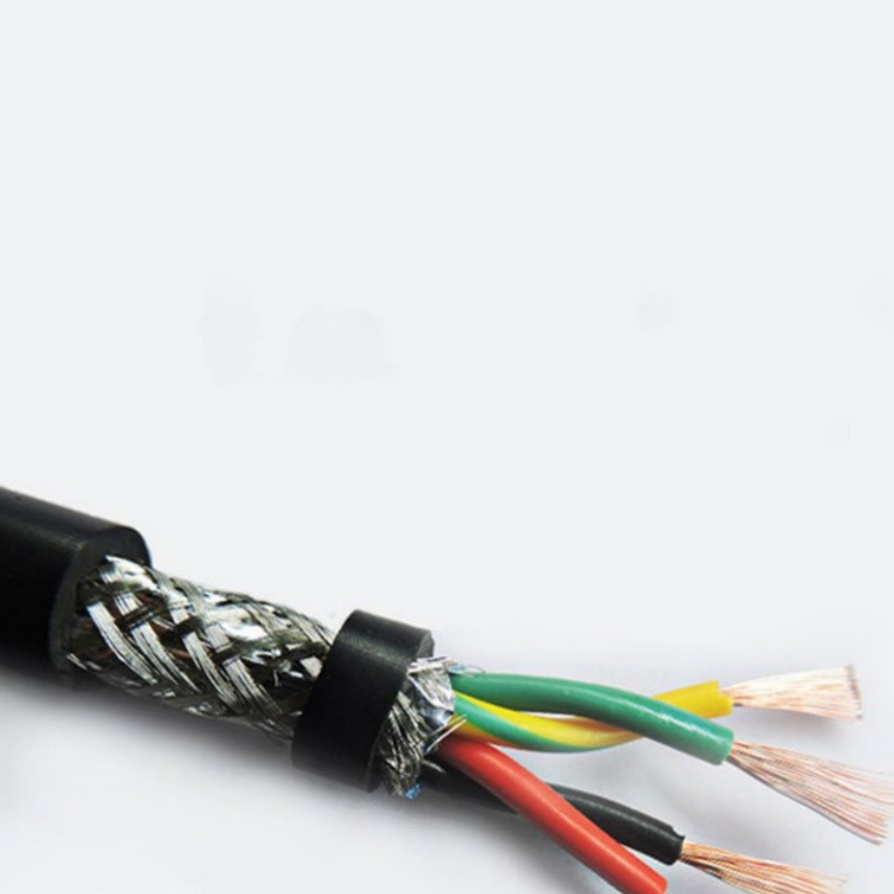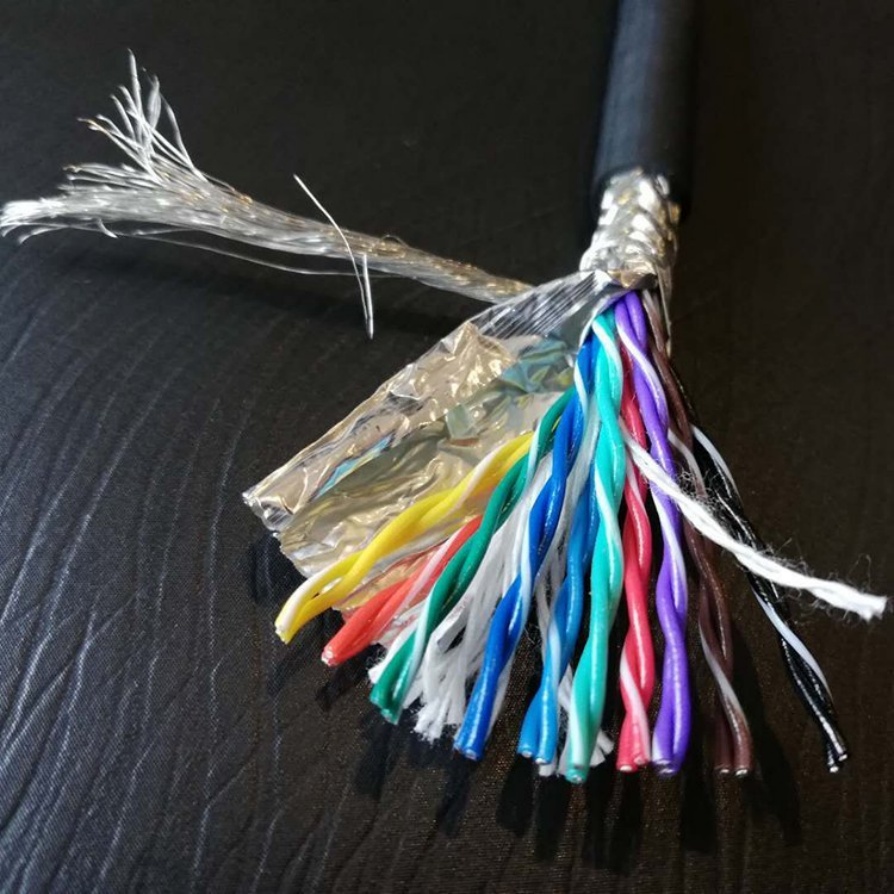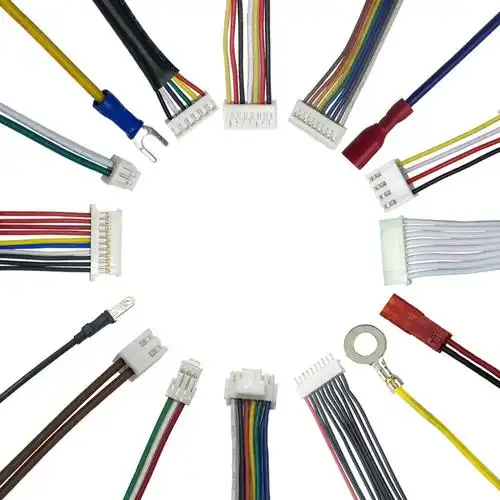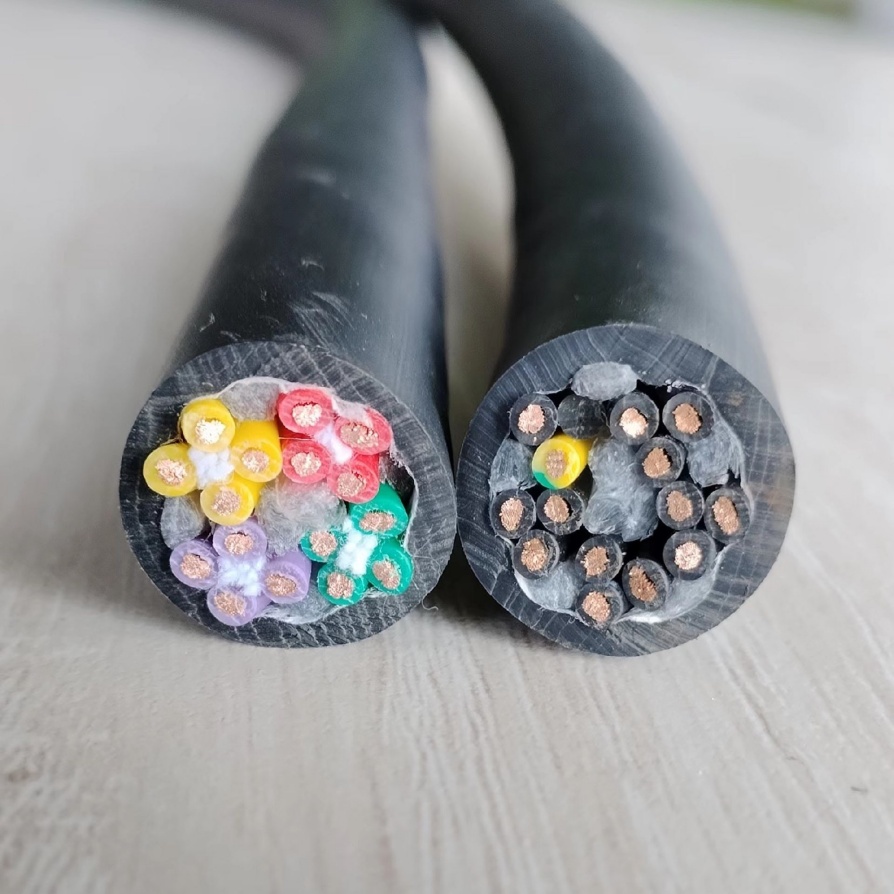What is the Effect of Humidity on Machine Cable
Machine cables are the “nerve and blood vessels” of industrial equipment, responsible for transmitting electrical signals and power. However, humidity—an often-overlooked environmental factor—can severely undermine their performance, lifespan, and even the safety of the entire equipment system. Understanding how humidity impacts machine cables is critical for factory managers, maintenance engineers, and equipment operators to avoid unexpected downtime and safety hazards.
1. Degraded Electrical Performance: The Primary Risk
Humidity’s most direct impact on machine cables lies in impairing their electrical insulation. Most cables rely on insulating materials (such as PVC, XLPE, or rubber) to prevent current leakage and short circuits. When exposed to high humidity for extended periods:
- Insulation resistance drops: Moisture penetrates tiny gaps in the insulation layer, reducing its ability to block current. This can lead to small-scale current leakage, increasing energy consumption and overheating the cable.
- Short circuits and signal interference: In extreme cases, saturated insulation may lose its insulating properties entirely, causing direct contact between conductors. For signal-transmitting cables (e.g., those in CNC machines), moisture can also distort signals, leading to equipment misoperation.
2. Physical Structure Damage: Shortening Cable Lifespan
Humidity accelerates the aging and deterioration of cable materials, breaking down their physical structure over time:
- Sheath cracking and hardening: Rubber or PVC sheaths (the outer protective layer of cables) absorb moisture, which weakens their molecular bonds. In environments with fluctuating humidity (e.g., outdoor workshops or food processing plants with steam), repeated expansion and contraction cause the sheath to crack, exposing internal conductors to dust, oil, or chemicals.
- Core corrosion: For cables with metal cores (e.g., copper conductors), moisture combined with oxygen forms oxides (e.g., copper oxide). Corroded cores increase electrical resistance, leading to more heat generation and even conductor breakage under mechanical stress (e.g., cable bending during equipment movement).
3. Safety Hazards: Beyond Equipment Failure
Humidity-related cable damage is not just an operational issue—it also poses significant safety risks:
- Electrical shocks: Damaged insulation or corroded cores can expose live conductors. If workers come into contact with these exposed parts, especially in humid environments (where human skin conductivity increases), the risk of electrical shock rises sharply.
- Fire risks: Overheated cables (from high resistance or short circuits) can ignite surrounding flammable materials (e.g., oil rags, plastic components in factories). Humidity may also damage fire-retardant coatings on cables, making fires more likely to spread.
How to Mitigate Humidity’s Impact on Machine Cables
To protect machine cables from humidity, targeted measures should be implemented based on the application environment:
- Choose humidity-resistant cables: Select cables with water-repellent insulation (e.g., XLPE) and sheath materials (e.g., EPDM rubber) for high-humidity areas like washing stations or outdoor installations.
- Improve environmental control: Install dehumidifiers or ventilation systems in workshops with persistent high humidity. For cables in wet locations (e.g., near water tanks), use cable glands or waterproof conduits to seal connections.
- Regular maintenance: Conduct quarterly inspections, including insulation resistance testing and visual checks for sheath cracks. Replace aging cables proactively, especially those used in critical equipment (e.g., assembly line motors).
When it comes to safeguarding machine cables against humidity, FRS brand factory stands out as a reliable partner. FRS specializes in manufacturing industrial machine cables engineered for harsh humid environments—each cable uses high-density XLPE insulation and weather-resistant EPDM sheaths to block moisture penetration. Our production process includes strict humidity resistance testing (simulating 95% relative humidity for 1000 hours) to ensure consistent performance. Whether your equipment operates in food processing plants, outdoor construction sites, or high-steam workshops, FRS cables minimize downtime, extend equipment lifespan, and keep your operations safe. Trust FRS to turn humidity-related cable risks into non-issues.


